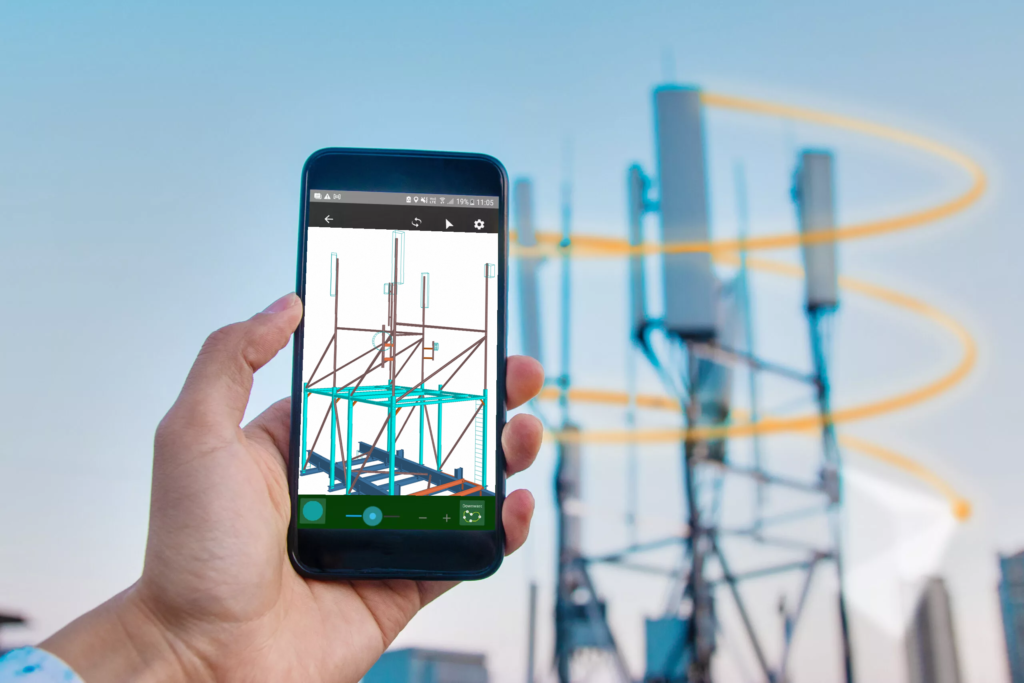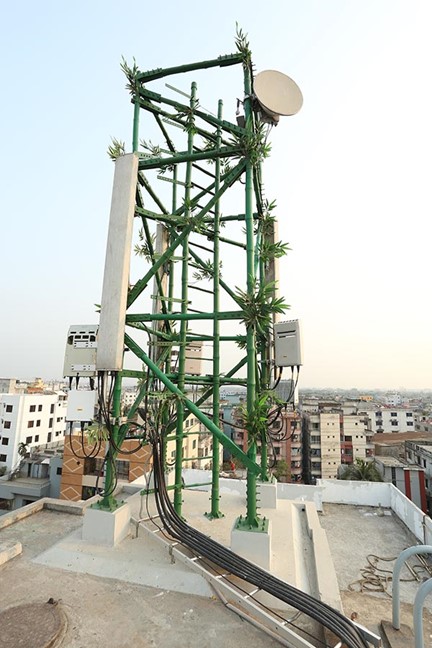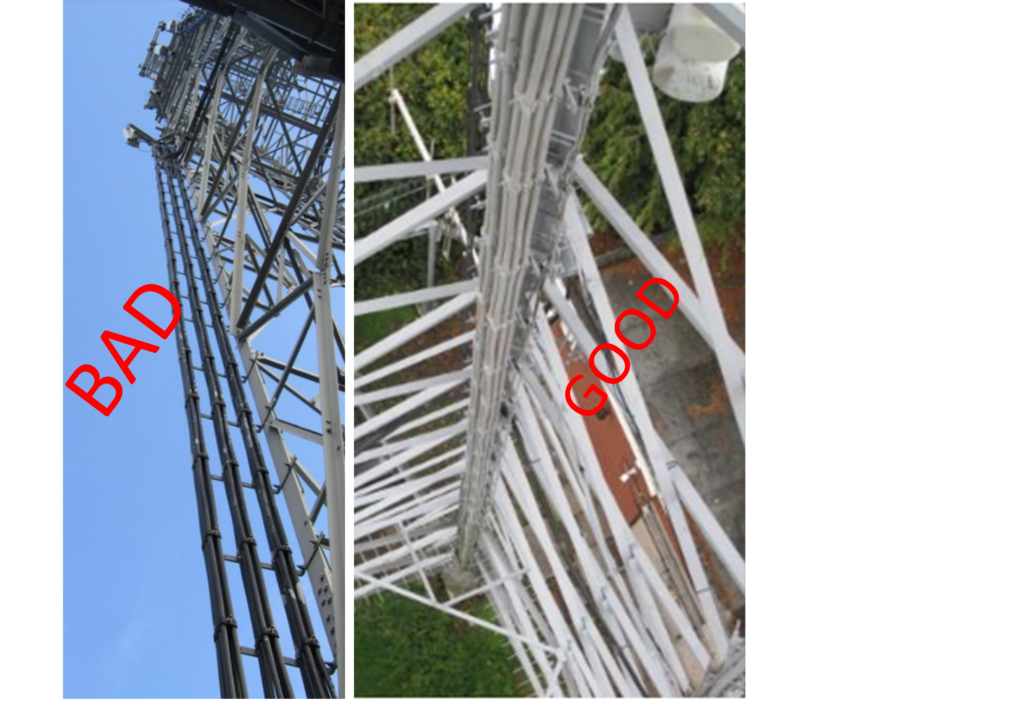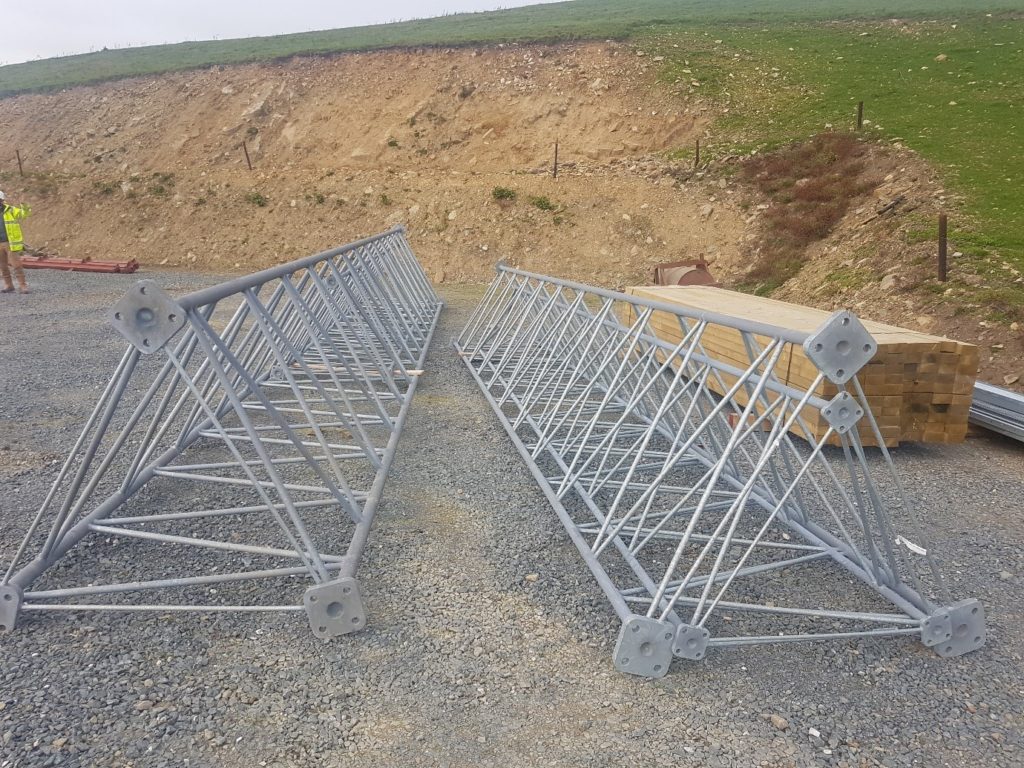In our modern communication, where our interconnected world relies on seamless signal transmission, telecom towers are the unsung heroes of our digital age, enabling the flow of data that keeps us connected. At the heart of this reliability lies the structural integrity of telecom towers, which bear the weight of antennas and facilitate the transmission of signals across a wide range. However, when these towers sway and bend under the forces of nature, such as wind and temperature fluctuations, a critical issue arises. Telecom tower deflection, the subtle yet impactful bending and swaying of structures due to environmental forces, can significantly affect signal quality. Hence, precise antenna alignment becomes crucial for optimal signal transmission. Any deviation caused by deflection may lead to signal misdirection and degradation. Therefore, striking a balance between flexibility and stability in tower design is paramount to maintaining structural integrity and preserving signal quality.
Engineers employ various techniques to mitigate tower deflection and preserve signal integrity. Common approaches include using guy wires for additional support and stability, as well as implementing structural reinforcements to strengthen key components of the tower. However, implementing these strategies requires careful consideration of cost-effectiveness and practicality. Studies show how deflection affects signal quality across environments, guiding design, and maintenance practices. Additionally, advancements in materials, predictive modelling, and remote monitoring offer promising avenues to enhance tower performance and minimise signal disruption, ensuring reliable communication networks for our interconnected world.
At KAEG, we recognise the importance of telecom tower deflection on signal quality, highlighting the complex relationship between engineering, nature, and connectivity. We prioritise this understanding, acknowledging the need for effective mitigation strategies to ensure the reliability and integrity of our telecommunications infrastructure. As we look to the future, continued innovation and collaboration will be crucial in navigating the ever-changing landscape of signal transmission. Contact our expert team at info@ka-engroup.com for more information







